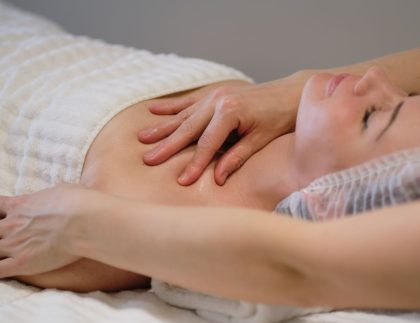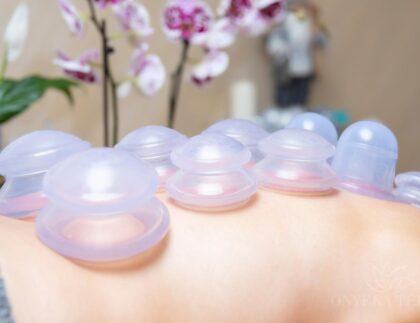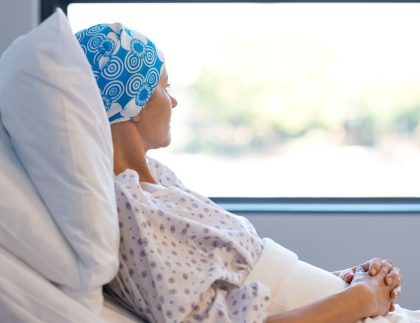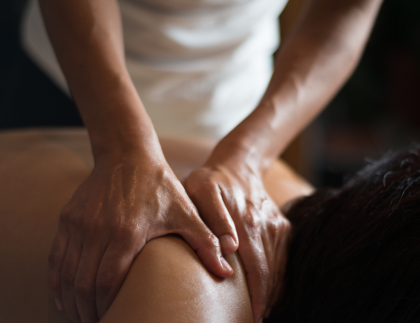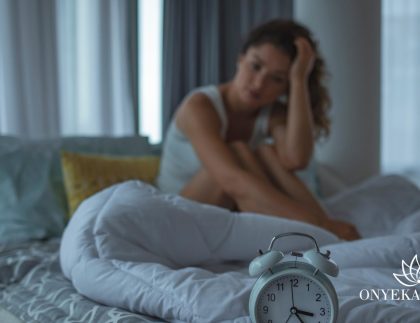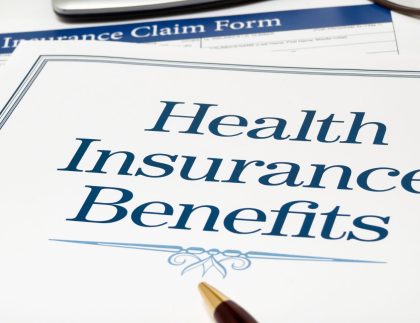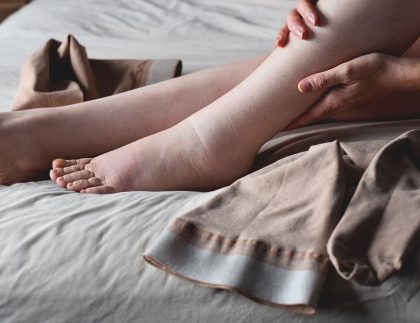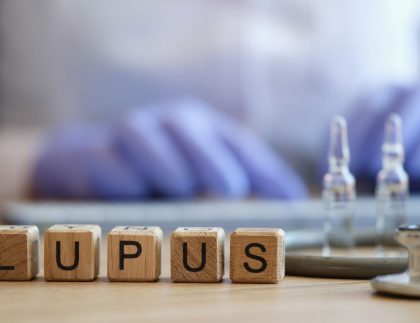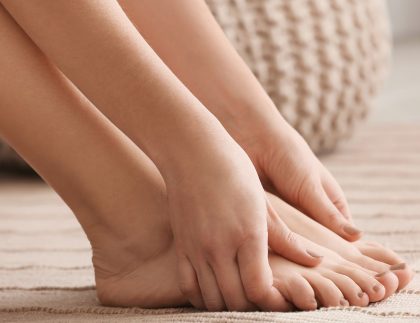Scoliosis usually occurs in the thoracic or lumbar areas of the back. As mentioned earlier, a curve in the spine that measures more than 10 degrees using the vertabae at the apex of the curve as a starting point is diagnosed at scoliosis. These deviations can measure up to 90 degrees in more severe cases.
Hallmark (is there a particular sign/symptom that is a hallmark characteristic?)
The posterior view of the spinal column has lateral bends. The spine does not appear straight from the neck to the sacrum.
When is the typical age, triggering event seen?
Congenital scoliosis begins as a baby’s back develops before birth. Problems with the tiny bones in the back, called vertebrae, can cause the spine to curve. The vertebrae may be incomplete or fail to divide properly. Scoliosis most often presents itself during the adolescent years when children are between the ages of 10 and 15. Scoliosis developed during teenage years can continue into adulthood. The greater the angle of the curve, the more likelihood that it will increase over time.
Degenerative scoliosis affects adults. This usually develops in the lower back as the disks and joints of the spine begin to wear out with age.
Where (location in body)
Scoliosis usually occurs in the thoracic or lumbar areas of the back.
Why (what is the cause: genetics, virus, bacteria, environmental exposure, etc)
Scoliosis is diagnosed as being idiopathic, structural or nonstructural. The majority of cases do not have known causes or the exact reason for a curved spine. These cases are classified as idiopathic.
In nonstructural scoliosis, the spine works normally, but looks curved. Some reasons for this include one leg is longer than the other, muscle spasms, and inflammations like appendicitis. When these problems are treated, this type of scoliosis often goes away.
In structural scoliosis, the curve of the spine is rigid, and cannot be reversed. Some causes for structural scoliosis include cerebral palsy, muscular dystrophy, birth defects, infections, tumors, and genetic conditions like Down Syndrome and Marfan syndrome.
How (what are the treatment approaches, what is the prognosis)
Several considerations must be taken into account prior to treatment being prescribed. These include:
- Is the spine still growing and changing?
- How severe is the curvature
- The extent of the patient’s lifestyle is impacted
- The curve’s location
- The curve’s potential for progression.
Depending on the variables mentioned above, a patient may simply be observed where the only treatment is periodic physician observation to ensure the problem has not increased. This is treatment option is provided to those with mild cases of scoliosis.
For curves that measure a deviation of 30-40 degrees, orthopedic bracing is used. Bracing does not change the curvature of the spine that is already present, but it stops the curve’s progression. This option is most commonly used for children from infancy through adolescence. This period is the child’s growth years. In some cases, spinal fusion is used to treat scoliosis in adults. Surgery is only really considered when there is adult progression and there is a presence of a secondary condition. If osteoporosis is present, treatment of osteoporosis is done to help slow the progression of scoliosis.
Red Flags (is there anything that would warrant urgent care/emergency response)
If there is severe pain, difficulty breathing, or increasing deformity, patients should seek out urgent care or check in with their primary care physician to rule out other underlying conditions.
Massage (is massage appropriate? Why or why not? What types of modalities?)
Massage is appropriate for helping those with scoliosis. Some massage modalities that have been used to help this condition include Cranial-Sacral therapy, neuromuscular therapy, and deep tissue massage. Cranial sacral therapy helps by gently addressing restricted tissue patterns surrounding and within the spinal column, adipose tissue and the Dural tube. Cranial Sacral enhances the mobility of the body using gentle traction and fascia mobilization to help bring some balance to the spine.
Deep tissue work and neuromuscular therapy bring relief from muscular pain and related adhesions with the use of assisted stretching techniques to hypertonic muscles to improve circulation. Using deep tissue to elongate tightened area, the pull on the spine can relax.
I have a had a lot of success with working with clients who have scoliosis. To learn more about the services that I offer, feel free to contact me to schedule an appointment. I would suggest scheduling several Deep Tissue massage sessions.
Sources:
Werner, R. (2016). A massage Therapist’s Guide to Pathology. Philadelphia, PA: Lippincott Williams & Wilkins.
Cutler, N. (n.d.). 2 Massage Therapy Methods for Scoliosis. Retrieved January 18, 2019, from https://www.integrativehealthcare.org/mt/massage-for-scoliosis/
Torborg, L. (March 10, 2015). Mayo Clinic Q and A: For adults with scoliosis, treatment based on severity of symptom. Retrieved January 21, 2019, from https://newsnetwork.mayoclinic.org/discussion/mayo-clinic-q-and-a-for-adults-affected-by-scoliosis-treatment-based-on-severity-of-symptoms/
